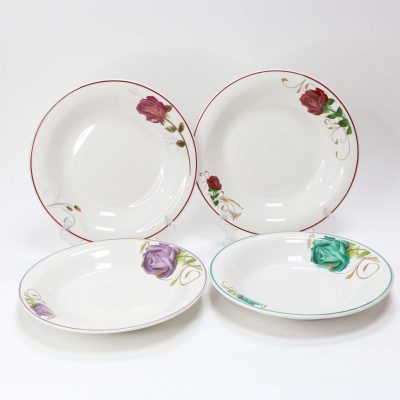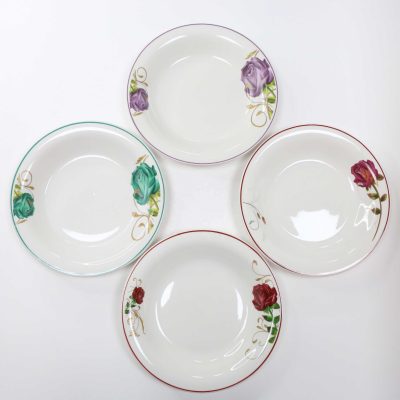There are many things included in ceramics, including ceramic bowls, ceramic plates or ceramic tiles. There is no such special effect. If there is, we can choose this directly, and we don’t have to worry about the corrosion of acid and alkali. In addition, what are the characteristics of ceramics.
The acid and alkali resistance of zirconia ceramics is relatively balanced, and can be used in medium-strong acid or medium-strong alkali environment under normal conditions. Not resistant to high acid and alkali. If the use environment is more than 1:9 concentration of hydrochloric acid, or more than 10% concentration of sodium hydroxide solution environment, there will still be relatively obvious corrosion.
The properties of zirconia ceramics are wear resistance, high temperature resistance, acid and alkali corrosion resistance, and good insulation. Because of their relatively cheap and easy-to-obtain raw materials, they are widely used in machinery, electronics, chemical industry, refractory and other industries (remember not to be used for strong acid and strong base).
Properties of Ceramics
1. When it comes to ceramic materials, it is inevitable to talk about ceramics and porcelain separately. The ceramics we often say refers to the collective name of the two types of pottery and porcelain. In the field of creation, pottery and porcelain are both indispensable and important parts of ceramic art, but pottery and porcelain are qualitatively different. Pottery material: Compared with porcelain, the texture of pottery is relatively loose and the particles are coarser. The firing temperature is generally between 900°C and 1500°C. One of my favorite modeling materials.
2. There are many types of pottery, the common ones are black pottery, white pottery, red pottery, gray pottery and yellow pottery, etc. Red pottery, gray pottery and black pottery are made of clay with high iron content as raw materials, and iron clay is used in an oxidizing atmosphere. Red, gray or black in a reducing atmosphere.
3. Porcelain material: Compared with pottery, the texture of porcelain is hard, dense, strictly forbidden, resistant to high temperature, rich in glaze color, etc. The firing temperature is generally around 1300 ℃. As beautiful as jade and as thin as paper”, porcelain often feels noble and gorgeous, which is the exact opposite of the simplicity of pottery. Therefore, when many artists create ceramic works of art, they will focus on highlighting the completely different sensory enjoyment brought by the texture of pottery or porcelain. Therefore, it is necessary to analyze and compare the characteristics of two different materials before creation.
The above article mainly gives you some introductions based on the question of whether ceramics are resistant to acid and alkali corrosion. This kind of thing can be used in a medium-strong acid or medium-strong alkali environment under normal conditions, but it is not resistant to high acid and alkali, that is It is said that once encountering high-strength acid and alkali, corrosion will occur. We can use medium-strength acid and alkali. In addition, we learned about the characteristics of ceramics in the article.






















